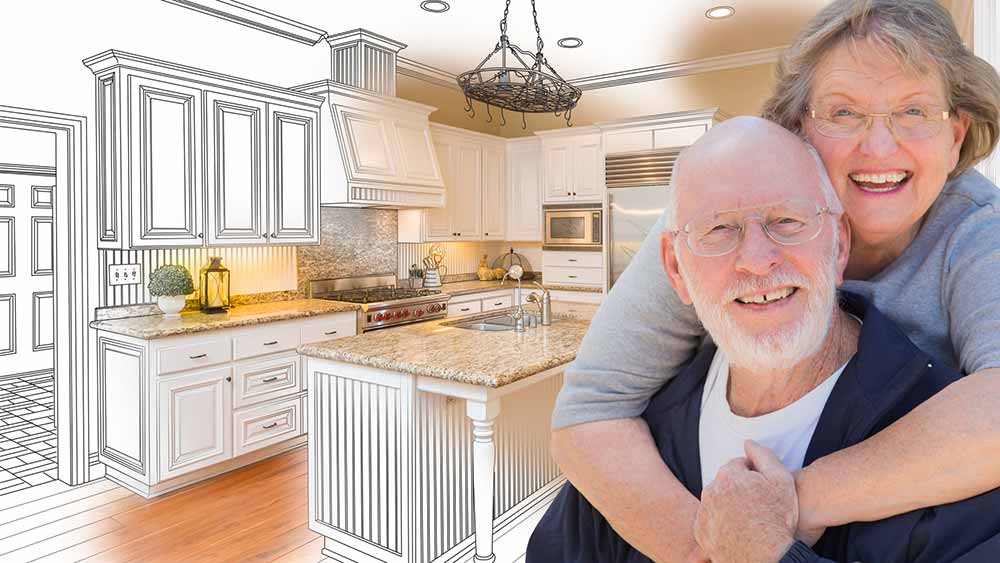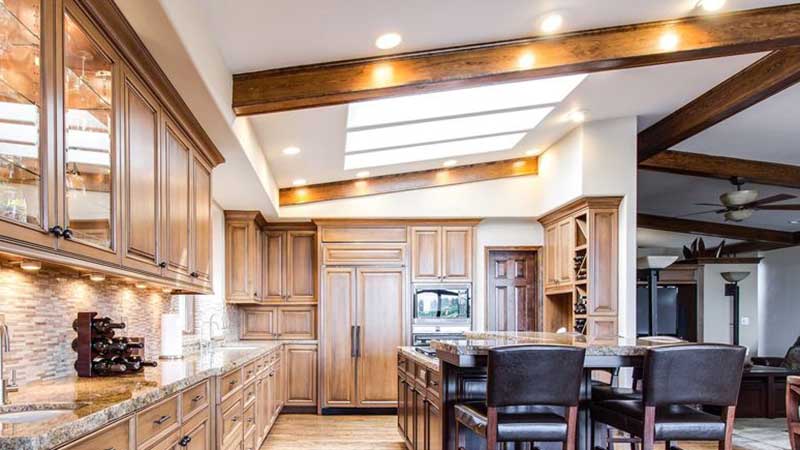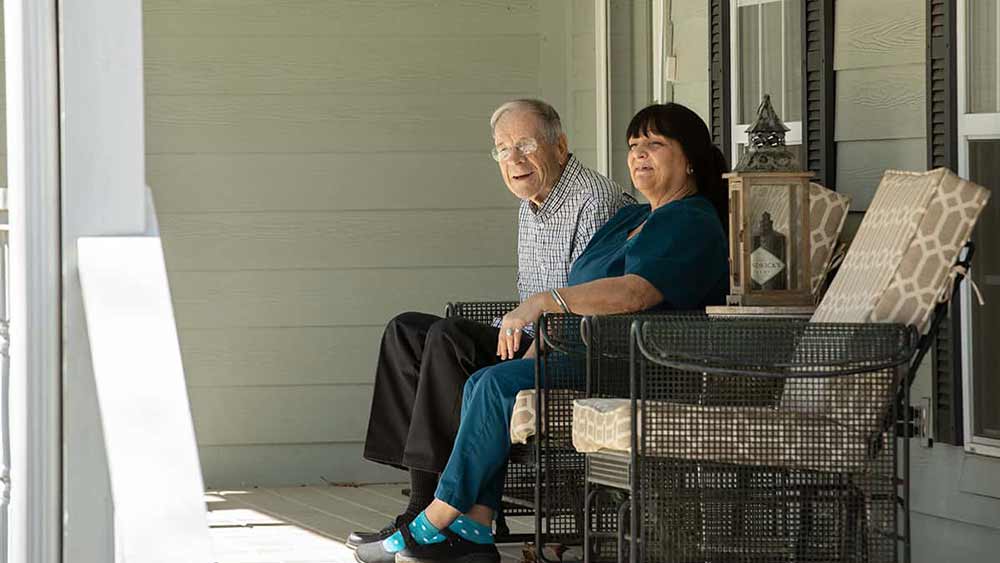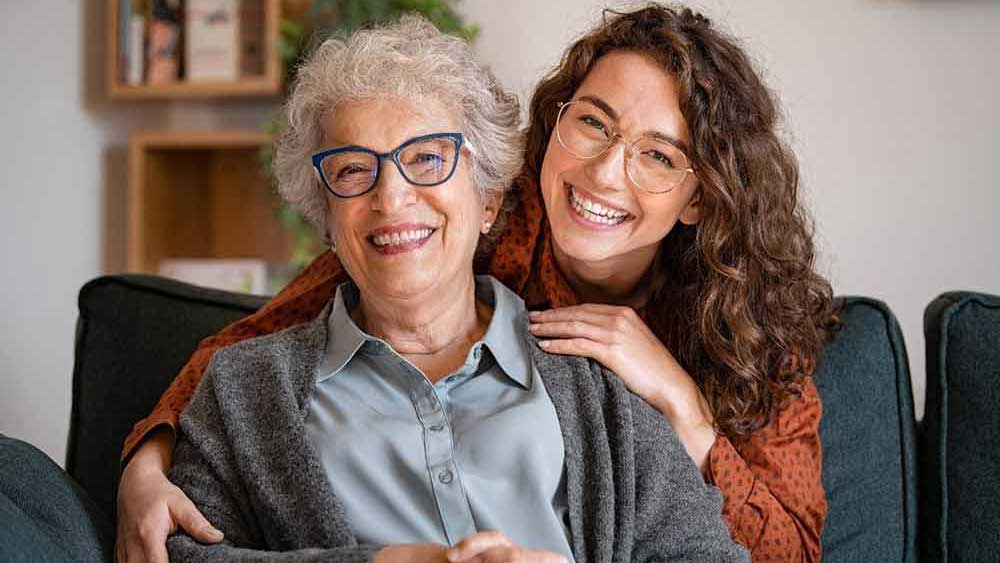

Home Modifications Could Help Seniors Stay Safe and Healthy. What’s the Holdup?
The U.S. Census Bureau (USCB) recently released a report, “Old Housing, New Needs: Are U.S. Homes Ready for an Aging Population”? The USCB demographers found a gap between the number of older adults who are living with functional challenges and housing stock that is “aging ready,” defined as homes with “a variety of basic housing accessibility features that affect the safety, well-being and daily living experiences of older adults.”
The researchers found that most homes today have at least a few features that would be considered aging-friendly, but only about 10% could be considered aging-ready. They also found that as of today, more than 25% of seniors already are living in homes with features that don’t meet their needs.
The USCB demographers projected that by the year 2050, the percentage of older adults in the U.S. will double to 22% of the population. “The United States is rapidly graying,” they noted. “As America ages, more people will need homes that allow them to live safely and comfortably.”
These home features include hallways wide enough to accommodate wheelchairs, handrails on stairs, slip-resistant flooring, showers with handrails and seats, elevated toilets, bedrooms on the first floor to avoid navigating staircases, improved lighting, a step-free entryway, and levers rather than knobs throughout the home.
Today, high-tech solutions also can extend the time that older adults can remain safe, healthy and socially engaged at home. Smart home technologies, such as home automation, smart speakers, sensors, security devices and devices that facilitate communication with family and professional caregivers can make the home a better fit. In the words of senior technology expert Laurie Orlov, “The home can be a participating caregiver.”
One major focus of the report is fall prevention—a topic with both personal and societal impact. The USCB reports that care for fall-related injuries costs more than $50 billion each year, but aging-accessible home modifications could reduce that total. Research from Washington University School of Medicine in St. Louis confirms this. “For many aging Americans, the dream of maintaining an active, independent lifestyle while living at home comes crashing down with a fall,” reported the study authors, who also found that nearly 40% of falls could be prevented with home modifications.
According to the study author Susan Stark, Ph.D., doctors should talk to older patients about home fall safety. She also noted that countries that have implemented home fall prevention programs for older adults, such as the U.K., Germany and Austria, have saved twice as much as they have spent through reduced medical care for falls.
The American Council on Science and Health agrees that home modifications should be considered a part of preventive care for older patients. They say it is “penny wise and pound foolish” to scrimp on these relatively modest costs: “Doesn’t it seem wrong to pay for a walker, but not for a toilet seat, or to have a grab bar installed? Compared to the cost of assisted living or the hospitalization associated with a broken hip, it is a small price to pay, a price we should pay.”
Why don’t older adults make these modifications?
Some major accessibility features are costly. Many older adults simply aren’t aware of fixes that could help. But a study from the University of California, San Francisco’s Division of Geriatrics revealed another reason. “Many people find equipment stigmatizing,” said study author Dr. Kenneth Lam. “Some may fear being perceived as old and vulnerable; older adults describe equipment as meant for ‘someone older,’ but not for themselves.”
This ageist mindset could harm us. “Culturally, we are drawn to the idea of reversing aging rather than adapting to it,” says Lam. “We’d rather read a book that says we’ll never age than a book on how to cope with it. Yet many of us will get old and I believe, paradoxically, a fixed mindset that does not tolerate the adaptations that have to come with an aging body can make the experience of aging much worse.”
Lam says that compared to modern medical advances that promise to slow the aging process, such as engineered T-cells and regenerative stem cell therapy, home equipment might seem mundane. But for some older adults, he said, “these low-tech interventions meaningfully reduce injury, enable independence, preserve dignity and improve quality of life.”
Begin early … even when you’re younger
It’s important to fight the stigma against aging—and, by association, age-related home features. As we look for our forever home when we’re younger, it can be hard to envision those needs. That fashionably dim lighting! Those nubby, woven throw rugs! Those elegant front steps, without a handrail! Those fashionable cabinets with cute little knobs!
But if our goal is to stay in our home as we age, we should be thinking about that right from the beginning. It’s good to know that while we might turn up our nose at adaptive and accessible home features, today the design of these products can be attractive and not “institutional.” Form and function can meet in an esthetically pleasing way.
If a loved one’s home needs modifications
The best way to begin improving the age-friendliness of a home is to walk around the living space. Take notes. “The folks are having trouble getting into the bathtub.” “Mom’s couch has attractive, carved legs—which stick out several inches. I tripped over them myself several times!” “Dad seems to be having trouble turning on the stove—he’s been living on cold sandwiches these days.” You can use this checklist during the process.
Next, call in experts and access support services. Talk to family and friends who have gone through the process. Discuss major renovations with your loved one’s financial planner. Is your loved one accessing all the community and government benefits for which they qualify? Does it make sense to upgrade the home, or would moving to another place be a better choice? An aging life care professional (also known as a geriatric care manager) also can make suggestions and suggest resources.
Family members might be able to handle some of these home projects, but it’s often best to hire a contractor to be sure the job is done right. Poorly designed and built features can prove useless, or even dangerous. For example, a wheelchair ramp that is too steep and lacks safety features is worse than no ramp at all. Grab bars that are not solidly anchored can cause, rather than prevent, falls. Brighter but poorly designed lighting can create a glare that makes it hard for older eyes to see. If you are hiring a repair person or contractor to do some of the work for you, be certain the person or company you select is licensed, bonded, reliable and trustworthy.
Professional in-home care complements home modifications
Changes to the home may not address all your loved one’s needs. What if they can’t drive? What if even with kitchen and bathroom upgrades, it’s hard for them to prepare nutritious meals, or to bathe? For many families, professional in-home care is an important addition to home modifications. Right at Home caregivers can help keep senior clients safe at home by providing housekeeping services, including removing hazards and clutter that could cause a fall, and performing tasks that might be unsafe or difficult for clients (for example, laundry if the washer and dryer are in the basement).
Right at Home caregivers also can provide transportation if it’s no longer safe for clients to drive. They can prepare meals, provide health care and medication reminders, and assist with personal care, such as bathing, dressing and using the toilet.
Right at Home caregivers provide individualized services that can keep seniors safe at home. Contact your local Right at Home today and ask for a FREE in-home consultation.*
*Home care services vary by location.







